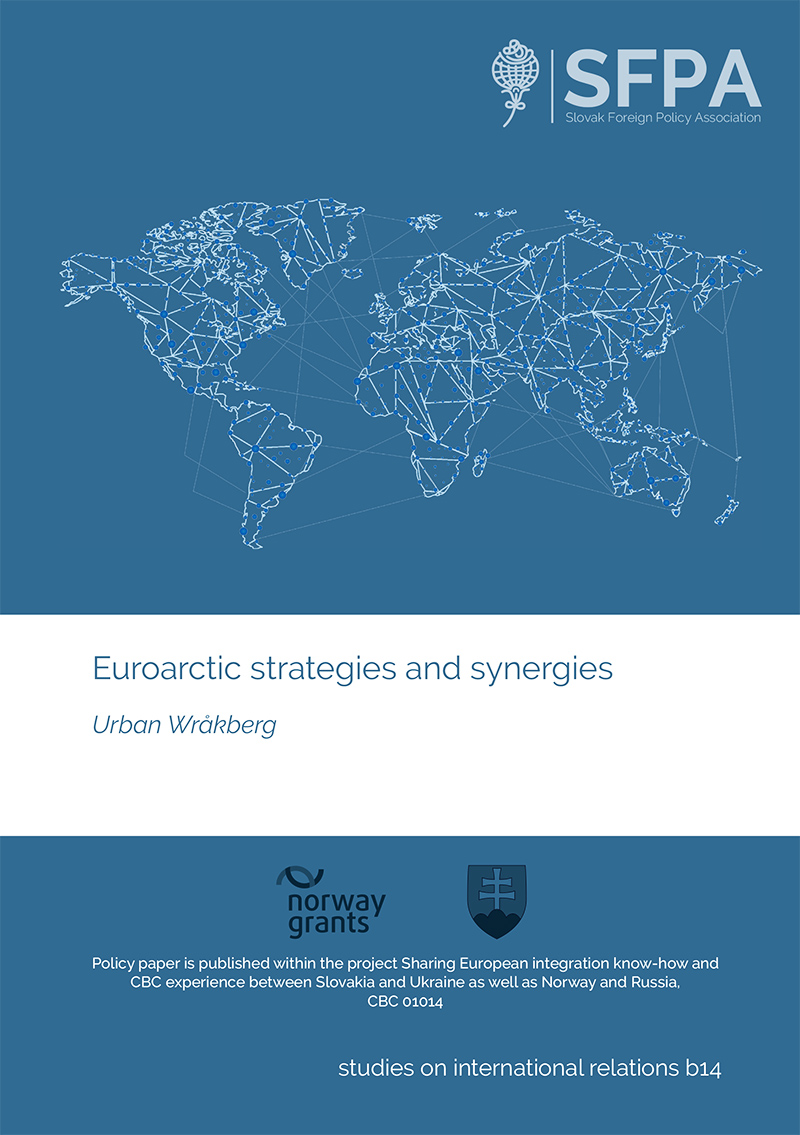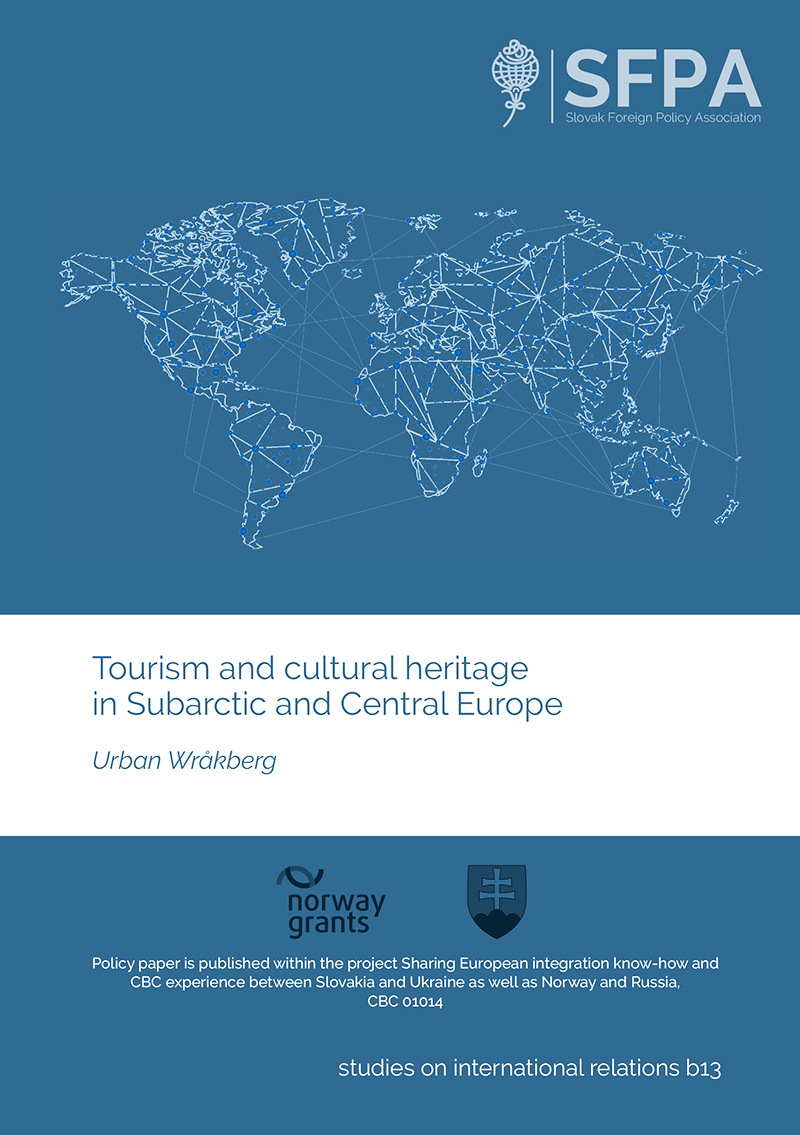Borderland heritage and tourism
Research on tourism and on representations of cultural heritage, focusing the often complex conditions in the borderlands of northern and Central Europe, is a focus area of the Northern Studies Research Group. In 2017, we concluded and published based on three externally funded projects in this line of work
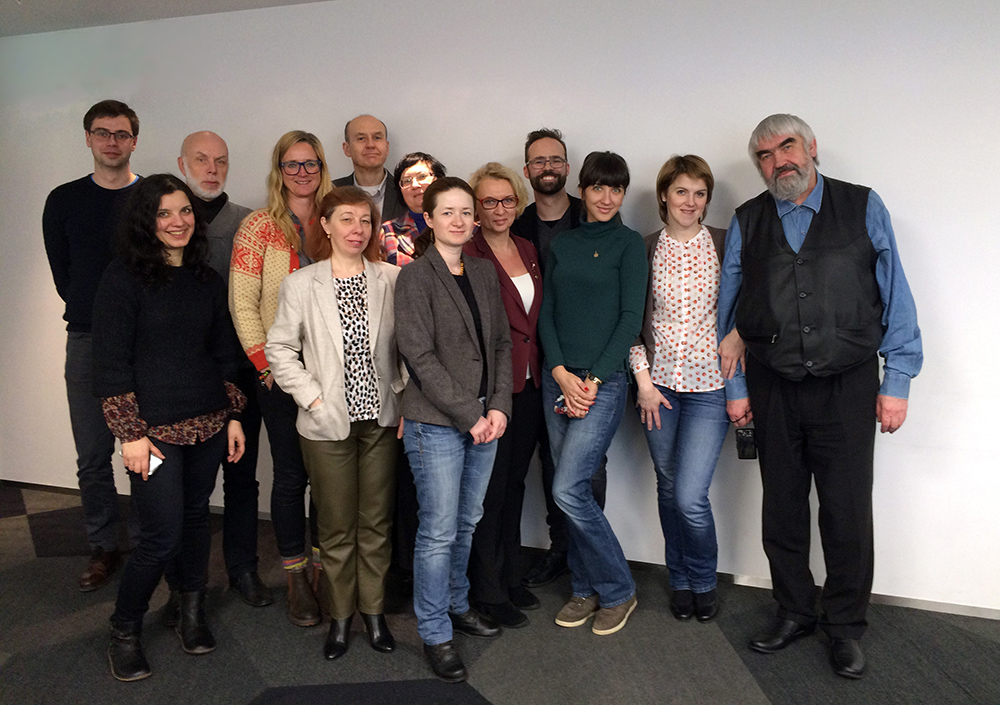
Arctic nature, with its wildlife and winter experiences, its open landscapes, fragile environment and enigmatic phenomena like the northern lights, constitutes the main fascination and economic driver of northern tourism today. In the BTN project (Norwegian-Russian Network in Northern Tourism Development and Education), we emphasized the cultural qualities of the high north. To the general traveler this has so far mainly been identified with indigenous traditions. This was considered by the BTN project, which also featured other, less well-known cultural components in the high north, to test their interest to a wider circle of tourists and visitors in the European sector of Northern Russia and Scandinavia. The project was sponsored by the Norwegian Barents Secretariat.
Summer schools – facilitating authentic experiences for visitors to complex heritage sites
The ideas and networks resulting from the BTN project is an inspiration for developing future summer schools aimed for university students with various educational specialization. This includes tourism management and marketing, historians studying socio-cultural divers heritage, exhibition producers and curators of museum, and IT communicators. Pilot-projects have been run in Norwegian-Russian partnerships emphasizing industrial heritage in the Urals (2016) and in a summer schools at Solovki in the White Sea (2017). Partners in this were colleagues at UiT AUN main Campus in Tromsø and at the Higher School of Economics in St. Petersburg. This Russian departmental partnership is now put on hold in line with sanctions resulting from Russia's war of aggression in Ukraine.
Case studies brings comparative perspectives to the professional training in northern tourism, student’s experiences from complex sites and routes elsewhere are important. Of course such are found many places globally, close at hand in the Baltic Region and in the borderlands of Central Europe.

EEA Norway Grant funded exchange of North Norwegian CBC experiences with Slovakia and Ukraine
Over the last decades, cross-border collaboration (CBC) in the Norwegian-Russian-Finnish and Swedish subarctic borderlands have exhibited several successful joint undertakings. This has draws strength from a long regional tradition of cross-border business and people-to-people partnerships, combined with financial support for bottom-up initiatives from the Barents Euroarctic Region CBC funding. Contemporary Barents regional project have always been based on clear bilaterally or multilaterally formal endorsement. Proactive borderland development and good knowledge-based international relations have been part of the so-called High North Strategy of the present and previous Norwegian governments. This has fostered success in bilateral state institutional as well as SME partnerships, facilitating e.g. cross-border shopping and recreation between esp. Norway, Finland and the Russian Federation.
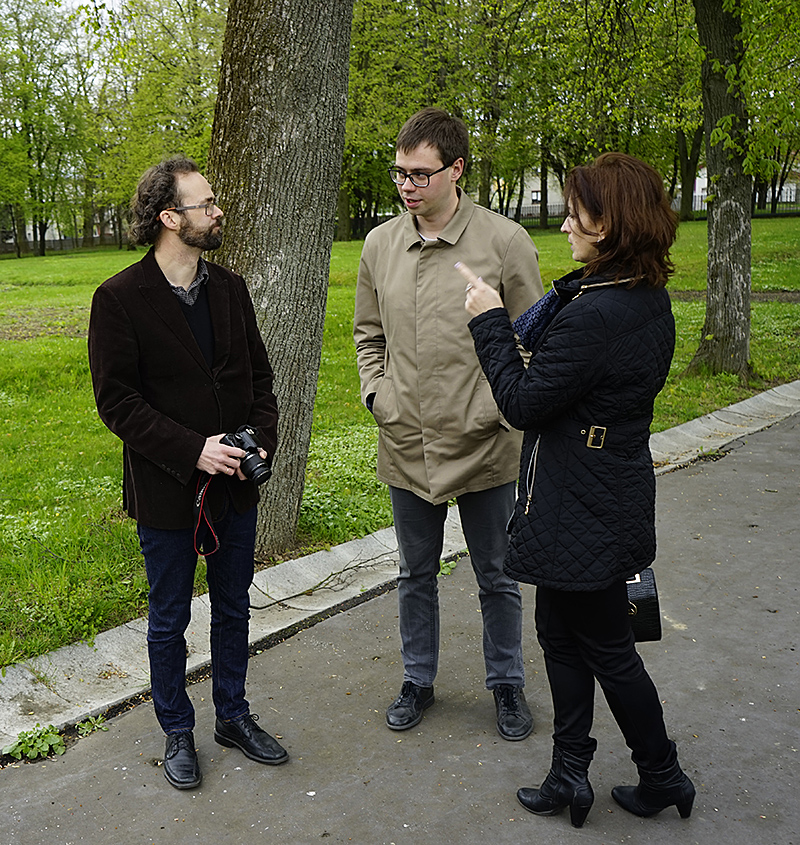
Some of the policies applied in this work have been part of, or built from models found in, the European integration processes – e.g. in the Schengen border regimes. Both similarities and differences are found while comparing the Norwegian-Russian border management experiences with those from other Schengen borders in Europe. This has inspired release of major Norwegian funding to Central European EU members and their closest neighbors as a condition for Norway’s access to its exclusive economic area (EEA). In 2014-17, UiT AUN Campus Alta joined as Norwegian partner two successful applicants for this funding in Slovakia, the Research Centre of the Slovak Foreign Policy Association, Bratislava and the Municipality of Michalovce a border town with expanding economic ties to the town of Uzhgorod in Transcarpathia, the westernmost region of Ukraine.
The partners of the project included in Ukraine: Transcarpathian Agency for Investments, Innovations and Development, Centre for Development Innovation, Investment and Tourism of the town of Uzhgorod; in Slovakia: Zemplin Regional Tourism Organization and the municipality of Michalovce; in Norway: UiT the Arctic University of Norway, (IRNS) at Kirkenes.

UiT AUN at Kirkenes provided advice and external evaluation to this highly applied CBC project between Slovakia and Ukraine involving both the business and public sectors. The EEA Norway Grant funding made possible the production of socio-economic and cultural quality contents, which were disseminated in digitalize formats based on partly innovative communication technologies. Outlets included traditional travel information offices, free brochures, information-kiosk, websites and open Wi-Fi town-nets. It all facilitates visitors’ logistic, accommodation, shopping and leisure experiences. The towns involved in the project have key position within the regions in question, where, before the implementation of this project, multilingual information for travelers was largely absent. This project was successful in promoting access to socio-politically representative narratives on the partly contested historical and cultural heritage of the Transcarpathian region and its neighbors. The CBC project also counteracted the economic, social and language disparities of this border region of the EEA and of EU.
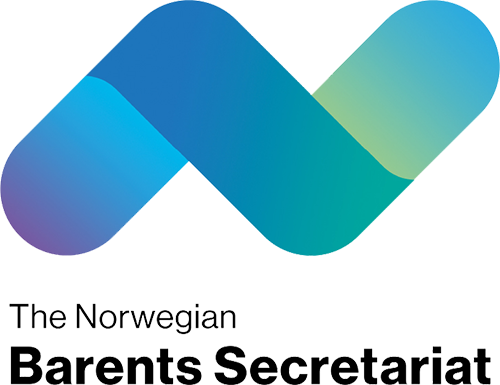 |
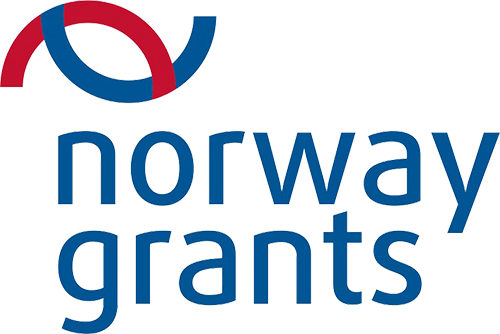 |

